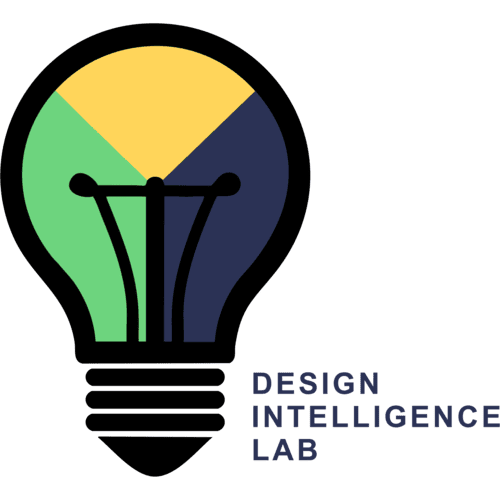Abstract
The process of biologically inspired design is fundamentally analogical; given a design problem, the process retrieves potentially multiple biological analogues as potential sources of inspiration. The selection of a specific analogue for idea generation naturally has a strong influence on the final design. But what makes one biological analogue better than another for a given design problem? In the context of a classroom on biologically inspired design, we found that interdisciplinary design teams often struggle with this question. In this paper, we describe a Four-Box method that identifies function, operating environment, constraints, and performance criteria as dimensions for matching biological analogues with the design problem. We also present some initial results from a classroom implementation of the Four-Box method of analogy evaluation: The results suggest that the student designers found the Four-Box method both useful and usable.
The Four-Box Method of Problem Specification and Analogy Evaluation in Biologically Inspired Design
